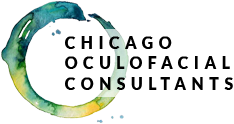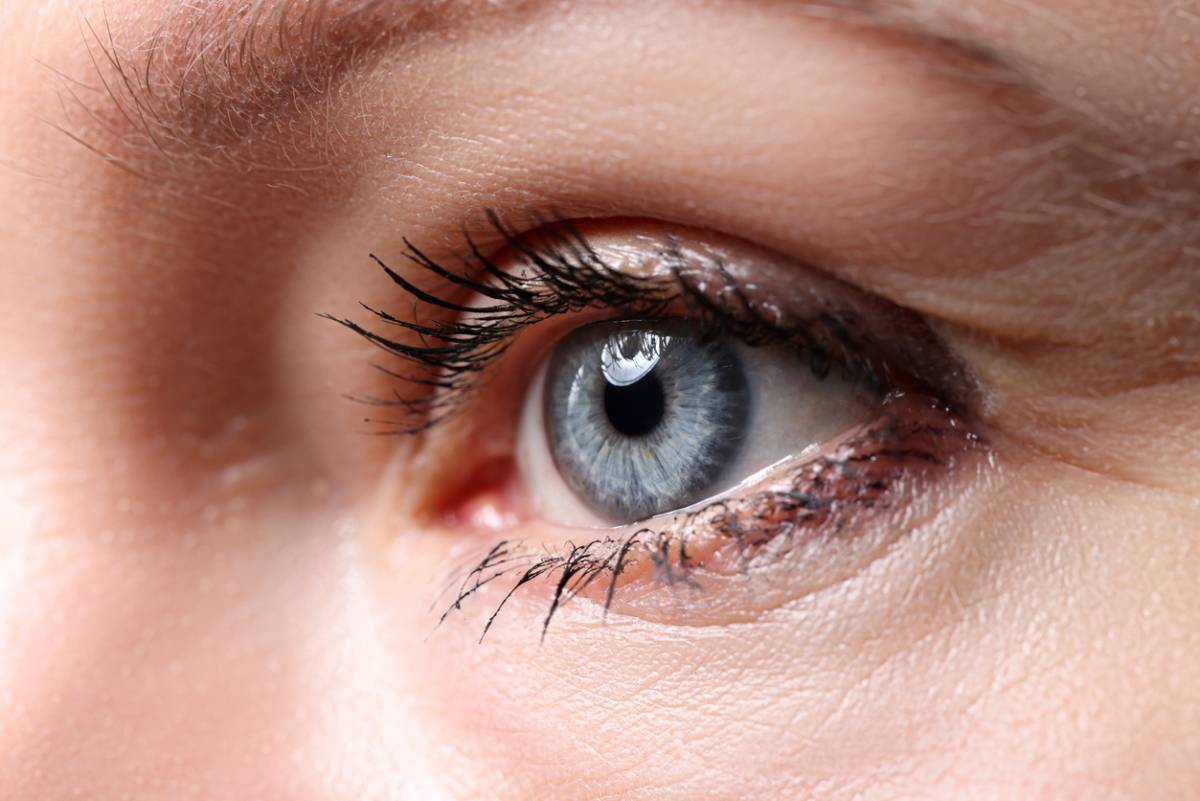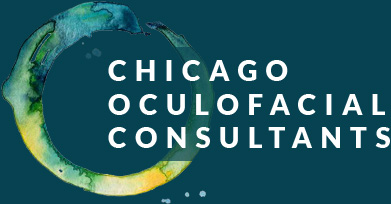If you are in the market for revision eyelid surgery, then you are likely someone who has had eyelid surgery in the past and is unsatisfied with the results. Whether you feel that your original surgeon did a poor job or you are unhappy with how your eyelids healed after the fact, you might wonder if there is hope of restoring a great aesthetic look. Below, we cover how to choose your revision eyelid surgery.
How to Choose Your Revision Eyelid Surgery
Fortunately, this hope is more than possible. At Chicago Oculofacial Consultants, we design a carefully crafted treatment solution that is individualized to meet your needs. You can get rid of surgery scars and restore facial symmetry with one of our customizable treatment methods. Today, we will help you decide how to choose your revision eyelid surgery type so you can finally get the results you want.
Why Choose Revision Eyelid Surgery?
Choosing revision eyelid surgery is a significant decision that requires careful consideration and understanding. It is a good idea to get familiar with the purpose and types of this procedure before making your final decision.
Revision eyelid surgery addresses unsatisfactory results or complications from previous eyelid surgery. Whether the initial procedure did not achieve the desired outcome or resulted in asymmetry, scarring, or functional issues, this might be the perfect procedure for you. The process can look similar to the original eyelid surgery, with full anesthesia and ample recovery time required.
Choosing the Right Type of Eyelid Surgery
Along with aesthetic improvements, revision eyelid surgery aims to correct these issues and improve the appearance and function of the eyelids. Corrective blepharoplasty is a good idea for anyone looking to cover up a physical error. Ptosis repair is a good idea for those experiencing drooping or sagging lids. There are many types of revision eyelid surgery that we can perform, including:
Corrective Blepharoplasty
Corrective blepharoplasty is performed to address aesthetic concerns or complications resulting from previous eyelid surgery. This may include removing excess skin or fat from the eyelids. In many cases, the surgeon will also manually adjust the position of the eyelids, to improve symmetry across the face.
Ptosis Repair
If your eyelids are drooping, you should seek treatment right away before they cause serious physical harm. Though the effects of aging are unavoidable, you can ensure that your sagging lids do not impair your vision or obstruct your aesthetic appearance. Ptosis repair surgery involves tightening or repositioning the muscles that control eyelid movement to elevate the eyelids.
Scar Revision
Scarring is a common concern following eyelid surgery and may affect the eyelid’s appearance and function. Scar revision surgery aims to improve the appearance of scars by minimizing their visibility and restoring a more natural eyelid contour.
Lower Eyelid Surgery
Due to previous surgeries, your lower eyelid might be pulled down or away from your eye. This occurs as a complication of previous eyelid surgery. Revision surgery may involve grafting or repositioning tissues to raise the lower eyelid and improve eyelid position and function.
Are You a Good Candidate for Revision Eyelid Surgery?
Candidates for revision eyelid surgery are typically patients who have already undergone eyelid surgery in the past. If you are dissatisfied with your results or you are looking for new and improved aesthetic changes, this might be the right move for you.
Good candidates should meet the following criteria:
Overall Good Health:
Candidates should be in good general health and free from medical conditions that could increase the risks of surgery or interfere with healing.
Realistic Expectations:
It is really important that you have realistic expectations about the potential outcomes of revision eyelid surgery and understand that while improvements can be made, perfection may not always be achievable.
Stable Eyelid Anatomy:
Candidates should have stable eyelid anatomy with no active infections or inflammation. It is crucial to address any underlying eyelid conditions or abnormalities before considering revision surgery.
Adequate Healing Time:
There will be some required healing time that you will need to plan in advance in your schedule. Rushing into revision surgery too soon after the initial procedure can increase the risk of complications and compromise outcomes.
Consultation with a Board-Certified Surgeon:
Candidates should schedule a consultation with a board-certified oculoplastic surgeon or eyelid specialist to discuss their concerns, goals, and treatment options. During the consultation, the surgeon will evaluate the patient’s eyelid anatomy, medical history, and previous surgical outcomes to determine the most appropriate course of action.
Like any surgery, choosing revision eyelid surgery requires careful consideration of many personal and aesthetic factors. Eyelid surgery has incredible benefits for patients who are looking to enhance both their physical and mental well-being. Make an informed decision with us today when you sign up for a consultation at Chicago Oculofacial Consultants.


